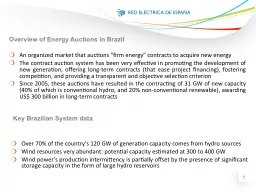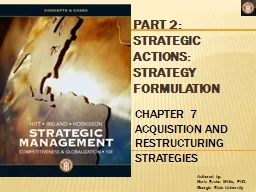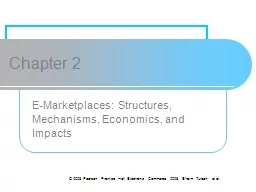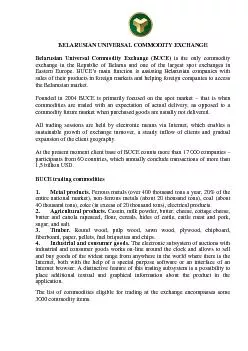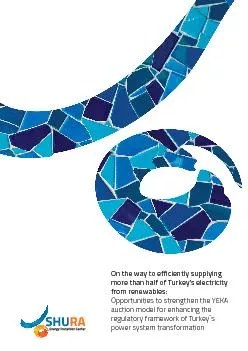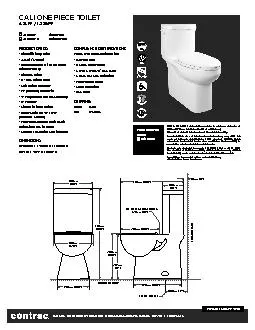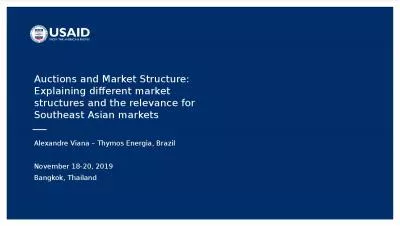PPT-An organized market that auctions “firm energy” contrac
Author : ellena-manuel | Published Date : 2016-06-10
The contract auction system has been very effective in promoting the development of new generation offering longterm contracts that ease project financing fostering
Presentation Embed Code
Download Presentation
Download Presentation The PPT/PDF document "An organized market that auctions “fir..." is the property of its rightful owner. Permission is granted to download and print the materials on this website for personal, non-commercial use only, and to display it on your personal computer provided you do not modify the materials and that you retain all copyright notices contained in the materials. By downloading content from our website, you accept the terms of this agreement.
An organized market that auctions “firm energy” contrac: Transcript
Download Rules Of Document
"An organized market that auctions “firm energy” contrac"The content belongs to its owner. You may download and print it for personal use, without modification, and keep all copyright notices. By downloading, you agree to these terms.
Related Documents

